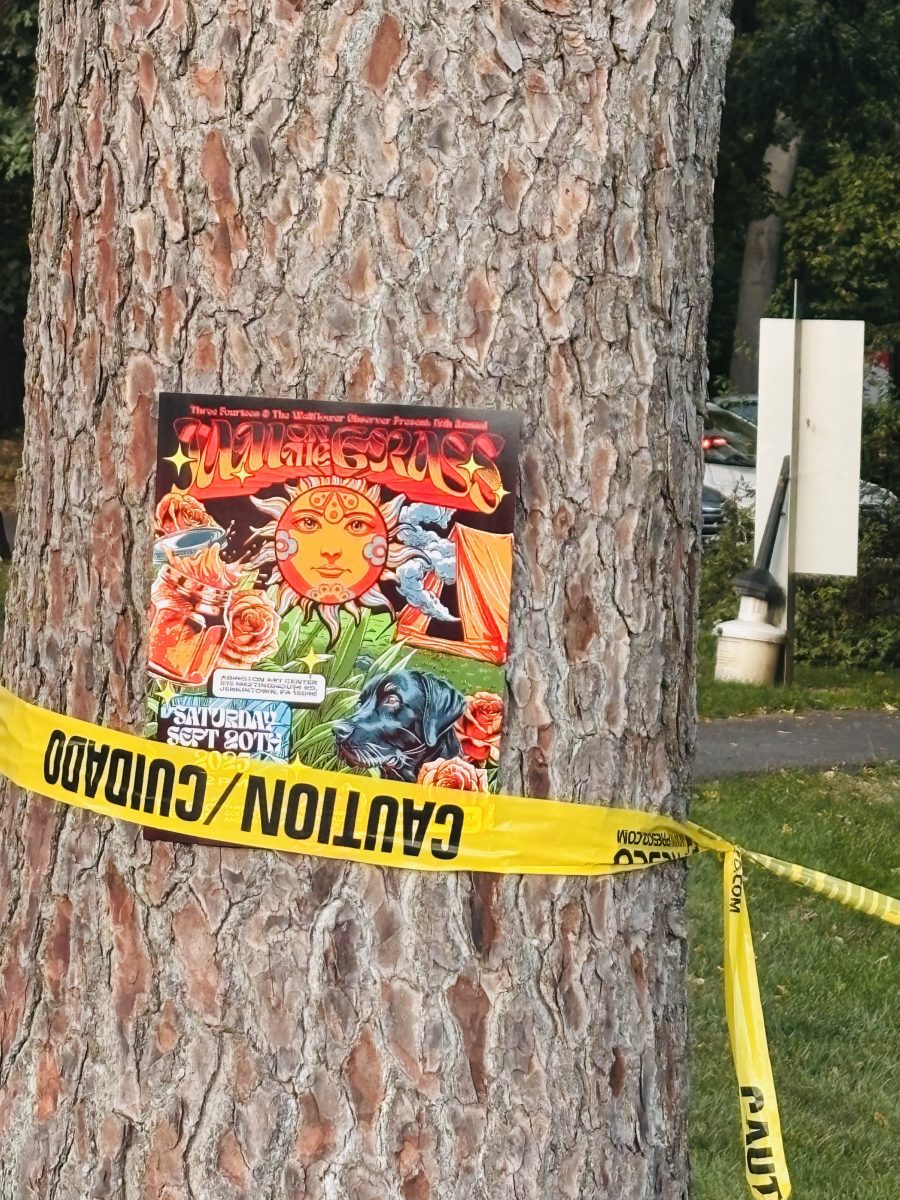Here in the Deadlights
Reviewed by: Ziggy Merritt
There’s few things more psychologically disturbing to a child’s mind than watching Tim Curry’s portrayal of a trans-dimensional parasite in the film It. Using its hypnotic “deadlights” the parasite culls residents of the fictional Derry, Maine before going into a decades long hibernation only to repeat the process without end. Past the scarring effects of the film’s admittedly dated cinematography, It is thematically tied to loss. Both the loss of childhood and the loss of loved ones are heavy weights in the minds of the film’s cast. Even by the end of their journey the inevitable resolution is only piecemeal. Five years after the release of their 2011 album, Teeth, chamber rock band The Loom has returned with Here in the Deadlights, which is itself an album crafted in the wake of loss.
With the split from his partner of over 14 years, frontman John Fanning has spent the time between albums recuperating from the separation, something that was one way or another fed into the fire of this most recent batch of recordings. Here in the Deadlights is very much a stark departure from the group’s prior output which has traditionally been more oriented towards chamber pop and folk. Here that same predilection for chamber arrangements has been reconfigured to fit in elements of post-punk and ethereal wave. This shift has granted them the space to explore new sonic frontiers, while revisiting old ones from a new frame of reference.
In parts this works well. The tone of the album gradually moves from more obsessively depressive meanderings to the dreamy half-resolutions of its ending. But this is also the same place where Deadlights tends to falter. Contrary to most, this album only really hits its stride in its tail end with much of the head and the body bogged down by overlong dirges.
This is not to say there’s nothing of value within these sections, very much the contrary in fact. The arrangements remain as sharp as ever, particularly on tracks like “Snowed In.” Brought to life by the more subtle touch of banjo, horns, and electric guitar, the percussive energy of that same track is invigorating. But then with its follow-up much of that inventiveness and raw energy feels stifled. The track, “Ten Thousand Tiny Field Mice” has the band grasping at the controlled chaos that puts the post in punk. While the sound is there and rendered as adeptly as any Editors’ single, the lead-up until the unruly cacophony that bookmarks the ending is burdened by monotony.
Only by the time “Only Electric Lights” comes around does Deadlights make the leap toward something remarkable. Where much of the album prior had been swallowed up by perpetual gloom, the funereal procession of atmospheric noise, marked by floating bits of organs and echoey guitar, feels heavy yet serene. It takes the divisive darkness threaded into the album and through instrumental arrangement alone makes it more representative of what The Loom has been know for.
As the album’s final two tracks might attest this would have been more of an apt direction. The title track in particular provides the most intense if emotionally devastating offering on Deadlights. Fanning and co-vocalist Lis Rubard’s prominent vocals are punctuated by lyrics touching on the words left unsaid in the aftermath of heartbreak. “I hope some day you’ll bare your teeth” sings Fanning before a fuzzy distortion of synthetic haze and Rubard’s echo presages the end of not just the album but the could-have-beens that relate to most who have endured the loss of something or someone special.
Rating: Listenable








